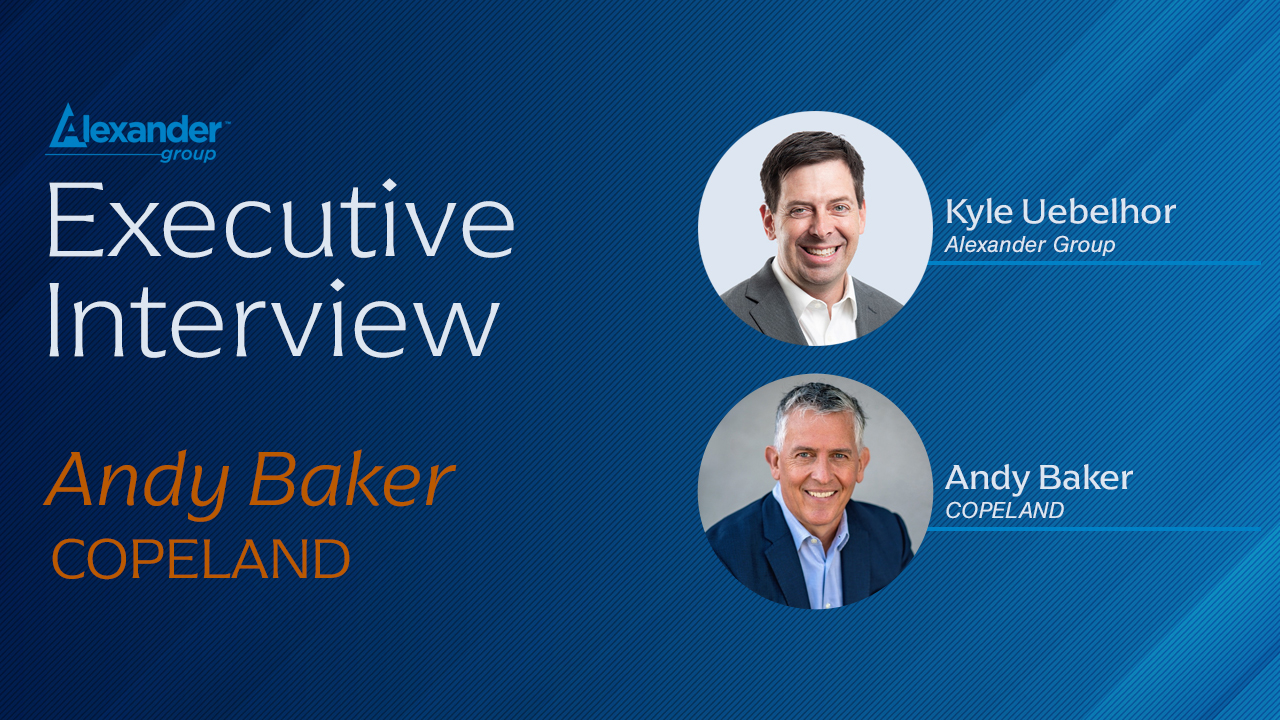Explore Our Insights
-

Cross-Industry: 2025 Sales Pulse Survey
-

Life Sciences: Drive Full Portfolio Performance Using Sales Compensation at Life Science Companies
-

Private Equity: Changing Habits for Greater Go-to-Market Value Creation Impact
-

Commercial & Industrial: Achieve Long-Term Sales Growth Through Detailed Design
-

Manufacturing & Distribution: Four Key Strategic Commercial Levers to Create Value
-

Manufacturing & Distribution: Adapting Sales Compensation to Tariff Challenges – Strategies for Success
-

Financial Services: Turning Sales Wins into Revenue – Overcoming Common Pitfalls
-

Technology: 5 Go-to-Market Predictions for Technology Infrastructure Companies in 2025
-

Financial Services: Navigating Career Paths – Insights on Talent Management & Employee Development
-

Customer Centricity and Change Management
-

Life Sciences: Reigniting Sales Effectiveness for Sellers
-

Technology: Maximizing Revenue with Machine Learning
-

Media & Consumer Technology: Upskilling Marketing Organizations Capabilities and Evolving Agency Relationships
-

Health Insurance: Creating a Competitive Edge
-

Media & Consumer Technology: Considerations for Post Merger & Acquisition

Alexander Group has helped thousands of clients.
Our expert leaders assess, align, design and implement powerful sale compensation programs. Alexander Group has helped organizations realize the full benefits of effective sales compensation programs to attract, retain and reward best-in-class sales talent to profitably grow the business. We can help with all elements of your sales compensation program. Contact us today.

